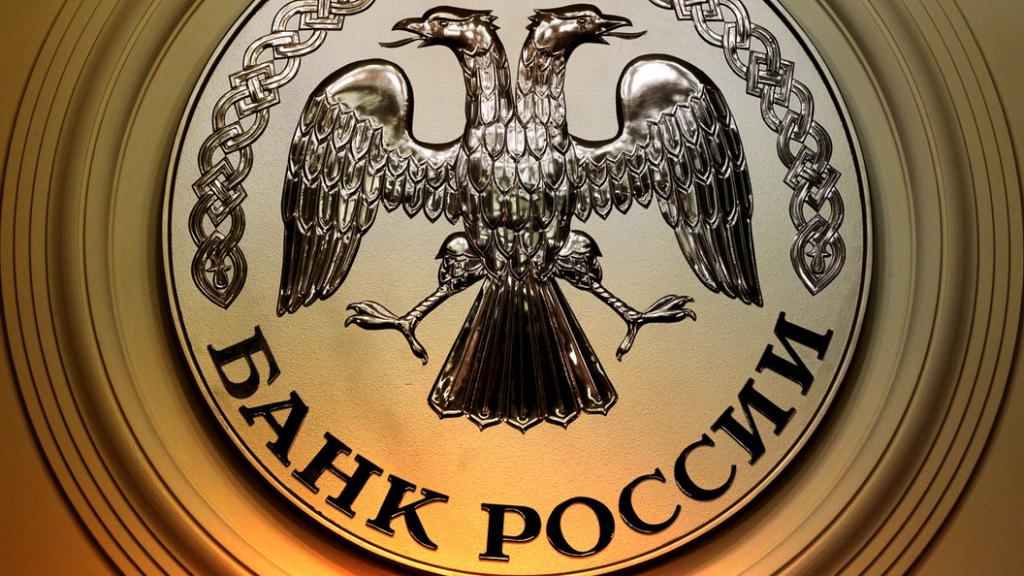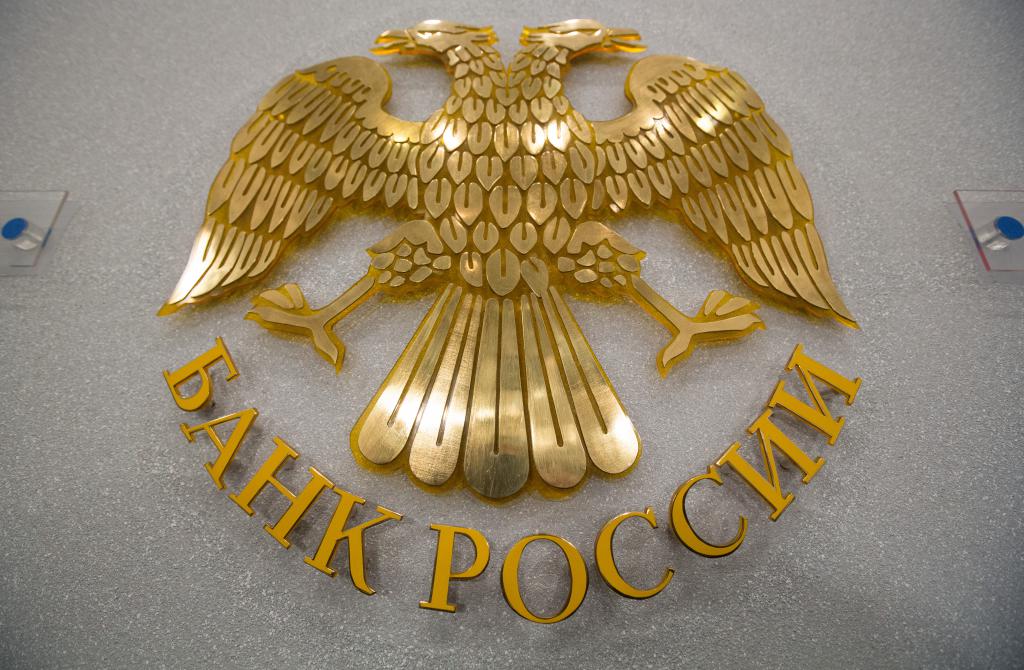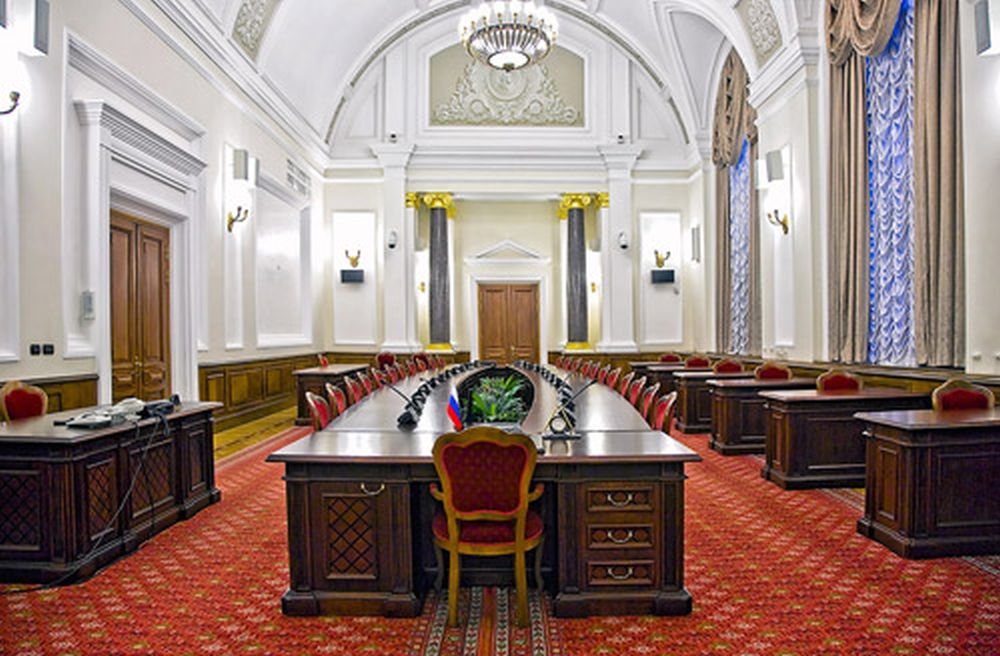In the article we will consider what the Central Bank is and what functions it performs, as well as get acquainted with the history of the formation of this organization, its management and subsidiaries. Short name - CBR. You can still hear such names as the Central Bank and the Bank of Russia. This is the main bank of our country, it is he who is responsible for ensuring that the ruble exchange rate is stable against other world currencies. His tasks also include strengthening and developing the entire banking system, he oversees the work of all financial organizations, issues and revokes licenses.
What is the Central Bank?
The only bank in the country engaged in the issue of monetary funds (production and issue of cash - printing paper banknotes and minting metal) is the Central Bank of the Russian Federation. Here, the replacement of banknotes with new ones takes place.
It is worth noting that the Central Bank is not familiar to us Alfa-Bank or Sberbank. He is very different from them. The central bank is ranked above all organizations in the country. You can give him such a description:
- The Central Bank does not issue loans to individuals.
- The Central Bank works only with commercial banks, and more specifically, it supervises and controls them so that all activities are conducted openly and honestly.
- The Central Bank does not interfere in the activities of the country's banks, but may revoke the license or provide assistance in case of any difficulties.
And now let's move on to the history of the Central Bank and a description of its activities.
How did the central bank appear?
Let's look at the history of this organization. In Soviet times, the main institution in the financial environment was the State Bank. As soon as the Union collapsed, all its functions were transferred to the CBR. In fact, this body passed from the state to private. Since 1990, the Central Bank does not belong to the state, is an independent legal entity. But what is the Central Bank then and today?

In the era of developed socialism, the State Bank was completely subordinate to the Council of Ministers. It was he who appointed the heads of the State Bank. And most importantly, it was the Council of Ministers who calculated the funds that were necessary for the country. In other words, the government itself decided how much money the state needed. The task of the bank included only one thing - to print the desired number of banknotes.
Central Bank today
To date, the Central Bank is not fully subordinate to the state, but interacts closely with it. It is worth noting the fact that he reports to the State Duma deputies about his activities. Annually income and loss reports are sent, they are published in the media. In addition, some of the profit that the Central Bank receives must be given to the budget of the country (according to the current legislation). Therefore, one can hardly speak of complete independence from the state. Rather, it is a conditional division, because the Russian government decides a lot in this structure. The date of establishment of the Central Bank is considered to be July 13, 1990.
Who is the boss?
The Central Bank is a legal entity registered in Moscow. It is here that all the central governing bodies are located, which are responsible for the management and normal functioning of the entire organization. The authorized capital of the organization is 3 billion rubles, it is fully federal property, like all property (movable and immovable). The status of a legal entity indicates that the organization ensures its functioning independently.In addition, 75% of revenues are annually transferred to the state budget.
When compared with ordinary people, it is known that each individual can independently organize an OJSC or LLC to do business. The government also created a legal entity, which, in fact, performs certain activities. True, this activity is not entirely commercial: the main tasks include ensuring the reliability of the national currency and its protection, as well as monitoring the work of banks in the country. Actually, what is the Central Bank and its main purpose is already known. But you need to consider that this organization receives some profit.

As a result, the Central Bank receives income, but it is a by-product of this activity. And income is accrued to the owner of the organization - the state. It is also worth noting that this body is not state. Consequently, the Central Bank is not responsible for the activities of the state. In other words, if our state declares itself bankrupt, and the Central Bank has large reserves of gold and currency in its accounts, this does not mean that it should cover the country's debts from its pocket. The opposite can also be said - the state is not at all obliged to repay the debts of the Central Bank.
What are the functions of the Central Bank?
But there is a difference from the system that was under the USSR. The central bank does not have the right to print as much money as the state requires. This fact can be explained by the fact that the Russian Central Bank works according to the rules of the IMF. Our country has been a member of this organization since 1992. And this was done in order to gain access to loans in foreign currency. In the early 90s, our country was going through hard times, it needed money that could be borrowed only on a credit basis.

In fact, the Central Bank now has no right to issue a loan to its state. According to IMF rules, only he can do this. This is a rule of the International Monetary Fund, which all members must adhere to without reservation. In August 1992, the first loan was opened. The amount was about $ 1 billion. This loan allowed to keep the budget deficit and reduce inflation. If the country does not follow the rules of the IMF, then it will lose membership in this organization and subsequently will not be able to get a loan. And where are the guarantees that money will never be needed again?
Central Bank Responsibilities
The Central Bank is obliged to obey the IMF charter, printing as many denominations in ruble terms as they could in dollars, selling minerals, wood, oil, grain and other products. Unfortunately, our economy today is very much tied to the dollar and the cost of oil. Therefore, the functions of the Central Bank of the Russian Federation include the issue of cash for circulation on the territory of our country. But all these functions are strictly regulated by law.
You can list such laws on the Central Bank that govern its functions:
- Art. 75 of the Constitution of the Russian Federation.
- Federal Law "On Banks and Banking".
- Federal Law “On the Central Bank of the Russian Federation (Bank of Russia)”.
In accordance with legislative acts, the main goal of the Central Bank is to protect the national currency of Russia from exchange rate fluctuations. But, unfortunately, the organization copes with this rather poorly. Let's look at what the Central Bank is and what its functions are.
Why does the Central Bank cope poorly with its responsibilities?
For unsatisfactory performance of their duties, there are explanations, among the main of which - a significant drop in the cost of oil. And this is the main product that is sold abroad. It is oil that is the main source of state revenue. Although the laws on the Central Bank do not regulate the method of generating income.

Arab countries do not reduce oil production, and in the United States began to develop shale deposits. Add to this the sanctions against the Russian Federation, and as a result, the cost of oil on the world market drops significantly.Many European banks refuse loans to large businesses.
From this reason, one can distinguish one more - the demand for the currency increased, therefore, it began to grow in price. It is worth noting that the growth of the dollar also depends on speculative operations. That is why financial control by the Central Bank is extremely necessary, otherwise the price increase will be even stronger.
What other responsibilities does the Bank of Russia have?
It is worth noting that the Central Bank is developing and implementing the country's credit policy. The main postulates of this policy are to reduce inflation and provide loans to enterprises, stabilize banking structures and significantly increase their competitiveness in the world market. It is important to ensure that they can issue long-term loans to Russian enterprises. As can be understood from the above, any large project is implemented solely on borrowed money.
The Central Bank establishes the rules by which all banking operations are carried out. He also develops measures and implements them to modernize and develop the country's banking system. And among the latest functions of the Central Bank of the Russian Federation, one can single out the provision of measures for the normal functioning of the banking system mechanisms. It turns out that this is not always perfect, but nevertheless it is possible to timely identify the violators. After all, some banks try to cash in on ordinary people, raise or lower interest rates. In addition, the Central Bank adjusts exchange rates based on how trading was conducted on world exchanges the day before.
Minor Tasks
In addition to the main tasks that were listed above, there are several others:
- The Central Bank gives permission to register a non-state pension fund, evaluates its capabilities.
- Repays debts of bankrupt financial organizations. For example, from the reserves of the Central Bank, funds can be used to pay debts of other organizations.
- Installs industry standards for accounting plans.

These are the functions that concern every citizen, but there are still a lot of subtleties that ordinary people are unlikely to guess. Let's talk about some of them.
Issuing and revoking licenses from banks
The Central Bank has the right to authorize or prohibit the activities of any bank in the territory of the Russian Federation. In 2013, Elvira Nabiullina was appointed to the post of head of the Central Bank. For five years, more than 100 banks have been deprived of licenses for the right to conduct business. Such a step was taken in order to stabilize the structures. The activities of the Central Bank are directly related to the control of all financial structures of the state.

The license was revoked for a reason. Most banks were engaged in dubious activities. They could implement a rather risky credit policy, for example, to issue immense loans. The investor (and often these are individuals) will be the first to suffer from such an action. And, of course, those organizations that opened an account with this bank and conducted all monetary operations will suffer.
License revocation example
For example, in July 2017, a license was revoked from Ugra Bank. And this organization was in the top thirty in terms of assets. But the policy to attract finance from the bank was very aggressive. It was an overpriced interest rate. In addition, there was too intrusive advertising of this bank. Many will say that this is good, because people win - they get more money from their deposits. But all the funds that were raised in this way went according to forged documents to the firms of the bank's owners.
In 2016, the bank received a loss of 32.2 billion rubles. As for the owners of the organization, in 2013 they were on the sixth line in the rating of the popular Forbes publication.They were called the kings of Russian real estate - they received only $ 400 million in rent, and only in Moscow did they have more than 30 retail and office facilities with a total area of 1.8 million m².
What are the reasons for revoking licenses?

All grounds for revoking licenses from banks are stipulated in the legislation:
- If the organization has a loan capital of less than 2%.
- If the bank is not able to fully settle with creditors in 2 weeks (for example, with the Central Bank itself).
- If the bank’s own funds are less than the size of the authorized capital.
- With an unauthorized reduction of the authorized capital, so that it is less than the amount of money that is available.
In addition, there are less significant reasons.
Chairman of the Central Bank
Since 2013, Elvira Nabiullina has been the chairman of the bank. This is the first woman who was able to occupy such a significant post in the Central Bank (and not only in our country). According to the current legislation, the head is appointed by the State Duma on the proposal of the president himself. The term of office is 5 years. One person can be the head of the Central Bank for no more than three consecutive terms.

But there are cases when the chairman of the Central Bank is removed from his post:
- Expiration
- For health reasons - if it does not allow to fulfill their duties in full. But a survey and the conclusion of a commission on the state of health are necessarily necessary.
- The Chairperson has the right to submit a letter of resignation at his own request.
- For committing a crime and evidence in court with the conviction.
- In case of violation by the head of the Central Bank of the current legislation regarding the activities of the bank.
- In case of violations in tax reporting. In particular, if it becomes known that the head or members of his family keep their savings in banks abroad.
Other reasons for dismissal may be, for example, the apparent discrepancy between the declared income or expenses (in other words, the manifestation of corruption). If the head or members of his family is suspected of receiving bribes, you can leave this honorable position. Even an unproven suspicion is enough to remove a person from his post with the phrase "for loss of confidence." Actually, the rest of the management of the Central Bank may also resign.
